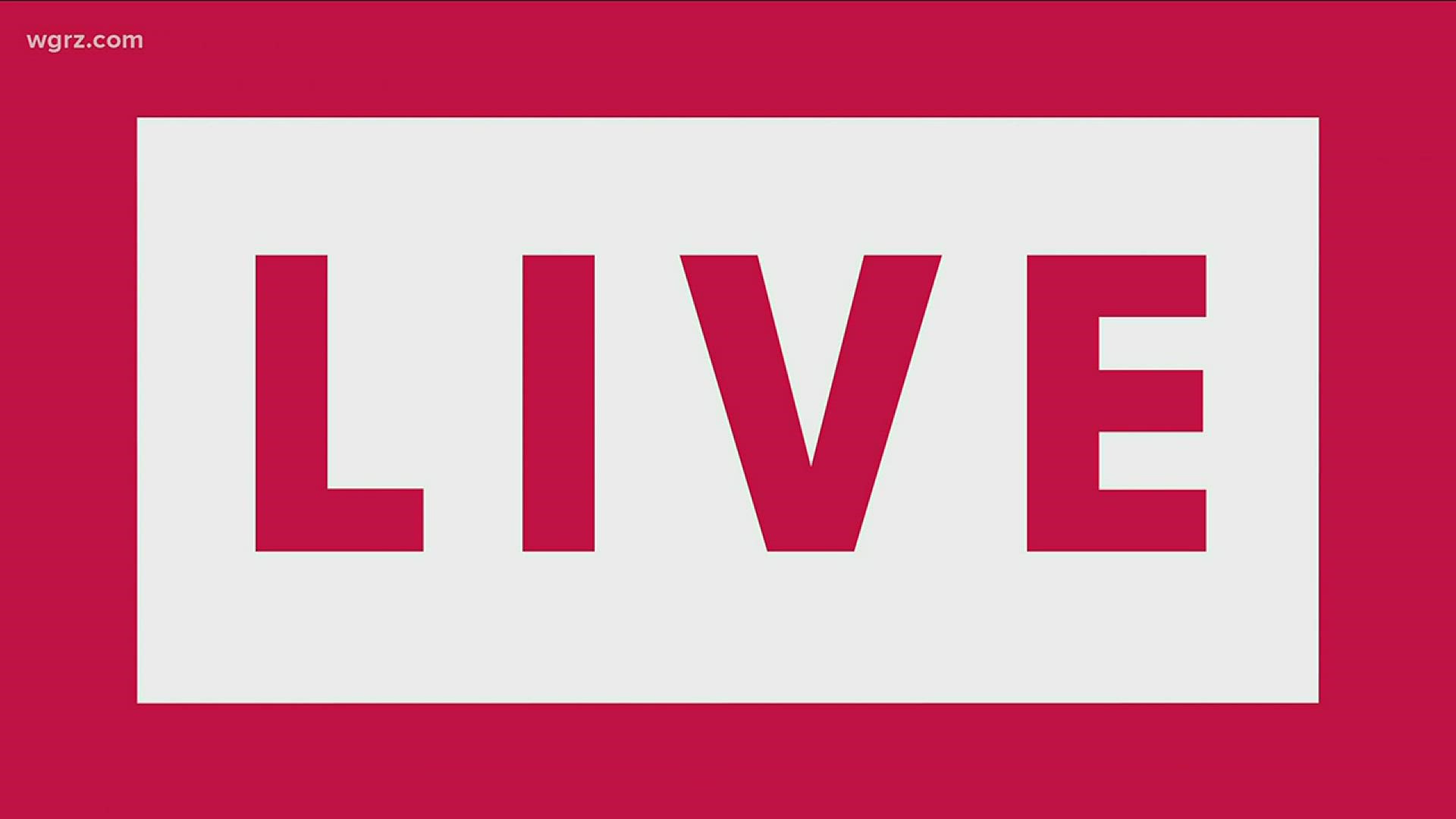ALBANY, N.Y. — As hospitalizations, intubations, and new COVID-19 cases across the state continue to go down, the state has made a plan to ensure the virus does not continue to spread.
To do that, New York Governor Andrew Cuomo says the state must test, trace, and isolate people to control the infection rate.
Right now, the state is testing about 30,000 people a day. The goal is to test at least an average of 40,000 people per day.
Once someone is confirmed to be positive, health officials will then trace where that person was over the past 14 days, and who they came in contact with in order to monitor and control the infection rate.
Contact tracing finds cases that can be isolated to reduce the spread of the virus to others.
Cuomo says there are four key steps to contact tracing.
- Case reporting - labs reporting positive cases immediately contact tracers on a daily basis.
- Case interview - interview positive patients about contacts over the past two weeks.
- Contact notification - notify and interview contacts. Quarantine and/or isolate for 14 days.
- Contact follow-up - Monitor contacts by text. Test if showing symptoms.
The governor says the biggest problem facing the state is the large scale of tracing that is needed.
Last week, the state announced it would work with former NYC Mayor Michael Bloomberg to create a tracing program.
Health officials say they need about 30 contact tracers for every 100,000 people, and additional tracers based on the projected number of cases in the region.
The governor says the state will need about 6,400-17,000 tracers depending on projected cases.
Cuomo says they are 'building a tracing army' to meet the scope and scale of the campaign.
Bloomberg and John Hopkins University, in coordination with the NYS Department of Health, will recruit, interview, and train tracers. They will use employees from state, city, and county health departments. Cuomo said other employees from other departments could also be trained to be tracers as well.

